Home>Construction & Tools>Building Materials>How To Paint Exterior Stucco
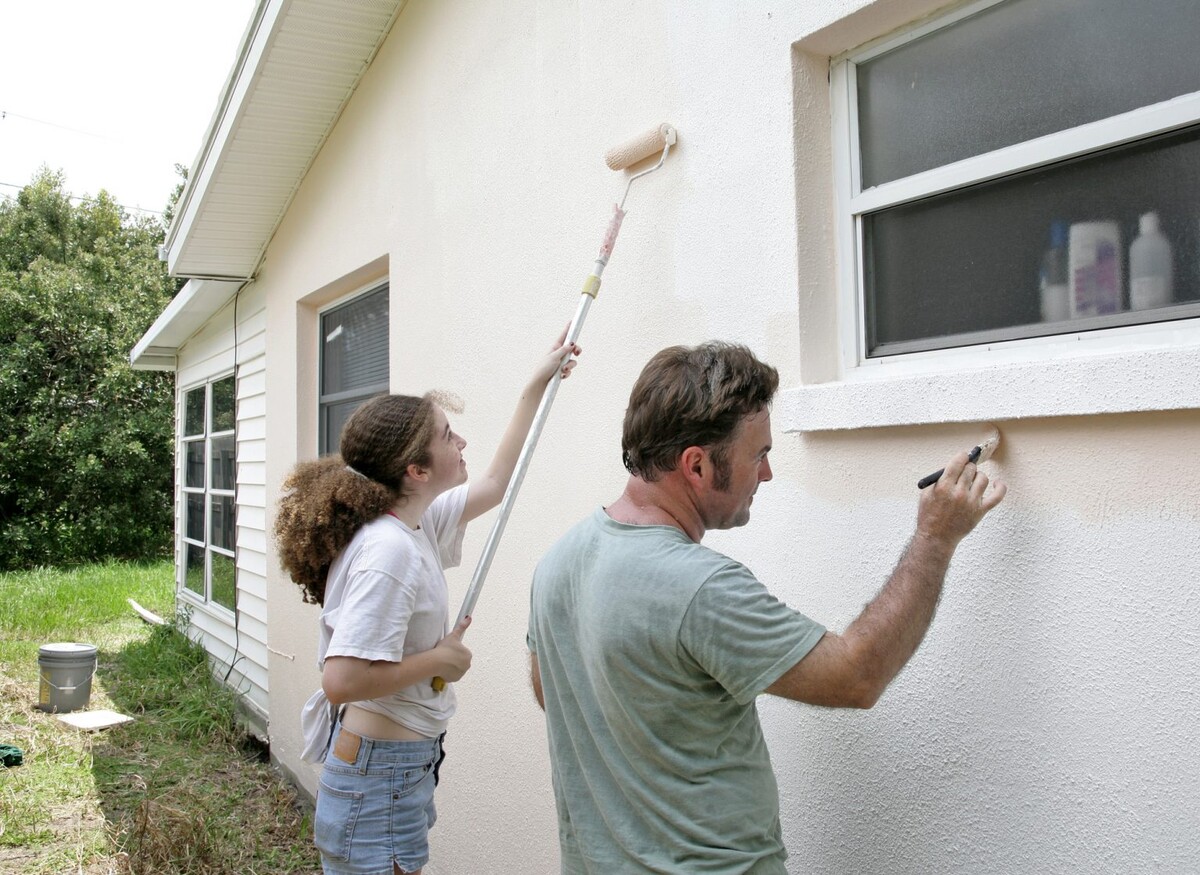

Building Materials
How To Paint Exterior Stucco
Modified: March 9, 2024
Learn the best techniques for painting exterior stucco to enhance your building materials. Find step-by-step guides and expert tips for a flawless finish.
(Many of the links in this article redirect to a specific reviewed product. Your purchase of these products through affiliate links helps to generate commission for Storables.com, at no extra cost. Learn more)
Introduction
Welcome to the world of exterior stucco painting! Whether you're looking to refresh the appearance of your home or protect its exterior from the elements, painting stucco can be a rewarding and transformative project. Stucco, a durable and versatile building material, is commonly used for exterior surfaces due to its strength and ability to withstand various weather conditions. However, over time, the color of stucco can fade, and the surface may show signs of wear and tear. This is where a fresh coat of paint can work wonders, breathing new life into your home's exterior.
Before embarking on this endeavor, it's essential to understand the intricacies of painting exterior stucco. From choosing the right paint to mastering the application techniques, each step plays a crucial role in achieving a professional and long-lasting finish. In this comprehensive guide, we will delve into the nuances of painting exterior stucco, providing you with valuable insights and practical tips to ensure a successful and visually stunning outcome.
So, grab your paintbrushes and let's embark on this journey to revitalize and protect your stucco-clad abode. Whether you're a seasoned DIY enthusiast or a first-time painter, this guide will equip you with the knowledge and confidence to tackle the task at hand. Let's dive into the world of exterior stucco painting and unleash the transformative power of color and creativity!
Key Takeaways:
- Choose high-quality, weather-resistant paint for stucco to protect against fading, cracking, and moisture. Consider acrylic-based or elastomeric paint with UV protection and mold resistance for enduring color and durability.
- Prepare stucco by cleaning, repairing, and priming before painting. Use a masonry primer for adhesion and uniform color. Apply paint methodically, allowing for drying time between coats. Maintain the painted surface with regular inspections and touch-ups for long-lasting beauty and protection.
Read more: How To Paint Exterior Stucco With A Roller
Choosing the Right Paint
When it comes to painting exterior stucco, selecting the right type of paint is paramount to achieving a flawless and enduring finish. The ideal paint for stucco should possess qualities that enable it to withstand the rigors of outdoor exposure while providing excellent coverage and adhesion to the textured surface.
Here are some crucial factors to consider when choosing paint for exterior stucco:
- Acrylic-Based Paint: Opt for high-quality 100% acrylic paint, which offers exceptional durability, flexibility, and resistance to fading and cracking. Acrylic paint forms a robust protective barrier, making it well-suited for stucco surfaces exposed to varying climatic conditions.
- Elastomeric Paint: Particularly suitable for stucco, elastomeric paint is renowned for its elasticity, allowing it to expand and contract with the substrate without compromising its integrity. This characteristic makes it an excellent choice for regions prone to temperature fluctuations.
- Breathable Formulation: Choose a paint that is breathable, allowing moisture to escape from the stucco while preventing water from seeping in. This is crucial for maintaining the integrity of the stucco and preventing moisture-related issues such as efflorescence and mold growth.
- Mold and Mildew Resistance: Look for a paint with built-in mold and mildew inhibitors to safeguard the stucco against unsightly fungal infestations, especially in humid or damp environments.
- Color and Finish: Consider the desired color scheme and finish for your home's exterior. Ensure that the selected paint color complements the architectural style and blends harmoniously with the surrounding environment. Additionally, opt for a finish that suits the texture of the stucco, such as a flat, satin, or eggshell sheen.
- UV Protection: Prioritize paints with UV-resistant properties to shield the stucco from the damaging effects of prolonged sun exposure, thereby preserving the vibrancy and longevity of the paint job.
Before making a final decision, consult with paint specialists or professional contractors to determine the most suitable paint type and formulation for your specific stucco surface. Additionally, consider any local regulations or restrictions regarding exterior paint colors and formulations, as certain communities may have guidelines to adhere to.
By investing in high-quality, weather-resistant paint that is tailored to the unique characteristics of stucco, you set the stage for a successful and enduring exterior painting project. With the right paint in hand, you're ready to move on to the next crucial phase: preparing the stucco surface for the transformative application of color and protection.
Preparing the Surface
Before diving into the exhilarating process of painting your stucco exterior, meticulous surface preparation is essential to ensure optimal paint adhesion and a flawless, long-lasting finish. The textured nature of stucco presents unique challenges that demand thorough cleaning, repairs, and priming to create an ideal canvas for the application of fresh paint.
Here’s a step-by-step guide to preparing the stucco surface:
- Clean the Surface: Begin by thoroughly cleaning the stucco to remove dirt, dust, mold, mildew, and any other contaminants. Utilize a pressure washer with a mild detergent or a specialized stucco cleaner to effectively eliminate ingrained grime and organic growth. Pay close attention to areas prone to accumulation, such as around eaves, corners, and crevices.
- Repair Imperfections: Inspect the stucco for any cracks, chips, or damaged areas. Repair these imperfections using a high-quality stucco patching compound, ensuring that the surface is smooth and uniform. Addressing structural issues and blemishes at this stage is crucial for achieving a polished and professional end result.
- Allow Sufficient Drying Time: After cleaning and repairing the stucco, allow adequate time for the surface to dry completely. Depending on the climate and weather conditions, this may take a few days. Painting on a dry surface is imperative to prevent moisture-related issues and ensure proper paint adhesion.
- Protect Surrounding Areas: Cover adjacent surfaces, such as windows, doors, and trim, with painter’s tape and protective sheeting to shield them from accidental paint splatters and drips. Additionally, lay drop cloths or plastic tarps over the ground to prevent paint from staining walkways, landscaping, and other surfaces.
- Prime Unfinished Stucco: If you’re painting newly installed or bare stucco, applying a high-quality masonry primer is crucial to promote adhesion and create a uniform base for the paint. The primer also seals the stucco, preventing it from excessively absorbing the topcoat and ensuring consistent color and sheen.
By meticulously preparing the stucco surface, you establish a solid foundation for the subsequent stages of the painting process. Thorough cleaning, diligent repairs, and strategic priming set the stage for a seamless and visually stunning transformation, elevating the curb appeal and protection of your home’s exterior. With the surface meticulously prepped, it’s time to delve into the next phase: applying the primer to optimize the stucco for the forthcoming burst of color and vitality.
Before painting exterior stucco, make sure to clean the surface thoroughly to remove any dirt, debris, or mildew. Use a power washer or scrub brush and mild detergent to ensure a clean and smooth surface for the paint to adhere to.
Applying the Primer
Applying a high-quality primer to the stucco surface is a critical step that significantly contributes to the longevity, adhesion, and overall quality of the paint job. The primer acts as a bridge between the stucco substrate and the paint, enhancing the bond and ensuring consistent coverage and color integrity. Additionally, the primer helps seal the stucco, preventing excessive absorption of the topcoat and promoting a uniform finish.
Here’s a detailed overview of the process of applying primer to exterior stucco:
- Choose the Right Primer: Select a premium-quality masonry primer specifically formulated for stucco surfaces. Look for a primer that offers excellent adhesion, alkali resistance, and breathability, as these properties are crucial for optimal performance on stucco.
- Prepare the Primer: Thoroughly mix the primer according to the manufacturer’s instructions. Ensure that the primer is well-blended to achieve uniform consistency and optimal performance.
- Application Method: Use a high-quality paint roller with a thick nap (approximately 1 inch) to apply the primer to the stucco. A roller allows for efficient coverage and facilitates the penetration of the primer into the textured surface, ensuring comprehensive adhesion and sealing.
- Work in Manageable Sections: Divide the stuccoed area into manageable sections and apply the primer systematically. Start from the top and work your way down, ensuring that the primer is applied evenly and thoroughly across the entire surface. Pay special attention to textured areas, ensuring that the primer penetrates into the crevices and recesses of the stucco.
- Allow Sufficient Drying Time: After applying the primer, allow it to dry completely according to the manufacturer’s recommendations. This typically ranges from 8 to 24 hours, depending on the ambient temperature and humidity levels. Adequate drying time is essential to ensure the primer properly adheres and creates a stable foundation for the subsequent paint layers.
- Inspect for Uniformity: Once the primer has dried, inspect the stucco surface to ensure that the primer has been applied uniformly and that there are no missed spots or uneven areas. Address any discrepancies promptly to guarantee a consistent and professional finish.
By meticulously applying a high-quality primer to the stucco, you establish an optimal foundation for the application of the topcoat, setting the stage for a vibrant and enduring paint job. The primer acts as a crucial intermediary layer, enhancing adhesion, promoting color consistency, and fortifying the stucco against environmental elements. With the primer seamlessly integrated, it’s time to transition to the exhilarating phase of painting the stucco, infusing it with color, character, and protective allure.
Painting the Stucco
As you embark on the exhilarating phase of painting your stucco exterior, you’re poised to infuse your home with renewed vibrancy, curb appeal, and enduring protection. The painting process requires precision, patience, and a keen eye for detail to achieve a flawless and long-lasting finish that enhances the beauty and resilience of your home’s exterior.
Here’s a comprehensive guide to painting exterior stucco, encompassing essential techniques and best practices:
- Choose the Right Conditions: Opt for a time when the weather is mild, with low humidity and minimal wind. Painting in extreme heat or direct sunlight can compromise the paint’s application and drying process, leading to potential issues such as blistering and uneven coverage.
- Stir and Strain the Paint: Thoroughly stir the paint to achieve a consistent color and texture. Additionally, strain the paint through a mesh filter to remove any impurities or lumps, ensuring a smooth and uniform application.
- Use the Correct Tools: Employ a high-quality paint roller with a thick nap (approximately 1 inch) to coat the stucco efficiently. A roller allows for even coverage and facilitates the penetration of paint into the textured surface, ensuring comprehensive adhesion and a uniform finish.
- Apply Multiple Coats: Plan to apply two coats of paint to achieve optimal coverage and color depth. The first coat acts as a base layer, filling in the texture and creating a foundation for the subsequent coat, which imparts the desired color and finish.
- Work Methodically: Divide the stuccoed area into manageable sections and apply the paint systematically. Start from the top and work your way down, ensuring that the paint is applied evenly and thoroughly across the entire surface. Pay special attention to textured areas, ensuring that the paint penetrates into the crevices and recesses of the stucco.
- Blend Seamlessly: When transitioning between sections or applying additional paint, blend the edges to create a seamless and uniform appearance. This prevents visible lap marks and ensures a cohesive finish.
- Allow for Drying Time: After applying each coat, allow the paint to dry completely according to the manufacturer’s recommendations. This typically ranges from 4 to 8 hours, depending on the ambient temperature and humidity levels. Adequate drying time is crucial for achieving a durable and blemish-free finish.
By meticulously following these steps and techniques, you’ll be well-equipped to paint your stucco exterior with confidence and precision, achieving a stunning and enduring transformation. The culmination of this phase marks the realization of your vision, as the stucco is adorned with a fresh coat of color and protection, elevating the aesthetics and fortitude of your home’s exterior. With the paint expertly applied, it’s time to turn our attention to the final touches and maintenance measures that will ensure the longevity and allure of your newly painted stucco.
Read more: How To Redo Stucco Exterior
Finishing Touches and Maintenance
As the exhilarating process of painting your stucco exterior draws to a close, attention to finishing touches and ongoing maintenance is essential to preserve the beauty and integrity of the newly transformed surface. Embracing meticulous care and proactive measures will safeguard the longevity and vibrancy of the paint job, ensuring that your stucco continues to exude charm and protection for years to come.
Here are crucial considerations for the finishing touches and maintenance of your painted stucco:
- Inspect and Touch Up: Once the paint has fully dried, carefully inspect the stucco surface for any missed spots, thin areas, or imperfections. Touch up these areas with additional paint to achieve a consistent and flawless finish.
- Seal Gaps and Joints: Address any gaps or joints in the stucco, such as around windows, doors, and vents, to prevent moisture infiltration and maintain the stucco’s integrity. Utilize a high-quality caulking compound to seal these areas effectively.
- Maintain Landscaping: Trim back foliage and landscaping near the stucco to prevent contact with the painted surface. Overgrown vegetation can lead to moisture retention and potential damage to the paint and underlying stucco.
- Periodic Cleaning: Regularly clean the painted stucco surface to remove dirt, dust, and environmental residues. Utilize a gentle detergent and a soft-bristled brush or a low-pressure rinse to maintain the vibrancy and cleanliness of the paint job.
- Monitor for Damage: Keep a vigilant eye on the stucco for any signs of damage, such as cracks, chips, or efflorescence. Promptly address these issues to prevent them from escalating and compromising the paint and stucco integrity.
- Consider Recoating: Depending on the climate and environmental factors, plan for periodic recoating of the stucco to refresh the appearance and fortify the protective barrier. Regular maintenance and recoating can extend the lifespan of the paint and uphold the stucco’s resilience.
By embracing these finishing touches and proactive maintenance practices, you fortify the enduring allure and protection of your painted stucco, ensuring that it remains a source of pride and admiration. The harmonious fusion of meticulous care and strategic maintenance perpetuates the transformative impact of the paint job, preserving the stucco’s visual appeal and safeguarding it against the elements. With these measures in place, your freshly painted stucco stands as a testament to the enduring beauty and resilience of your home’s exterior.
Frequently Asked Questions about How To Paint Exterior Stucco
Was this page helpful?
At Storables.com, we guarantee accurate and reliable information. Our content, validated by Expert Board Contributors, is crafted following stringent Editorial Policies. We're committed to providing you with well-researched, expert-backed insights for all your informational needs.
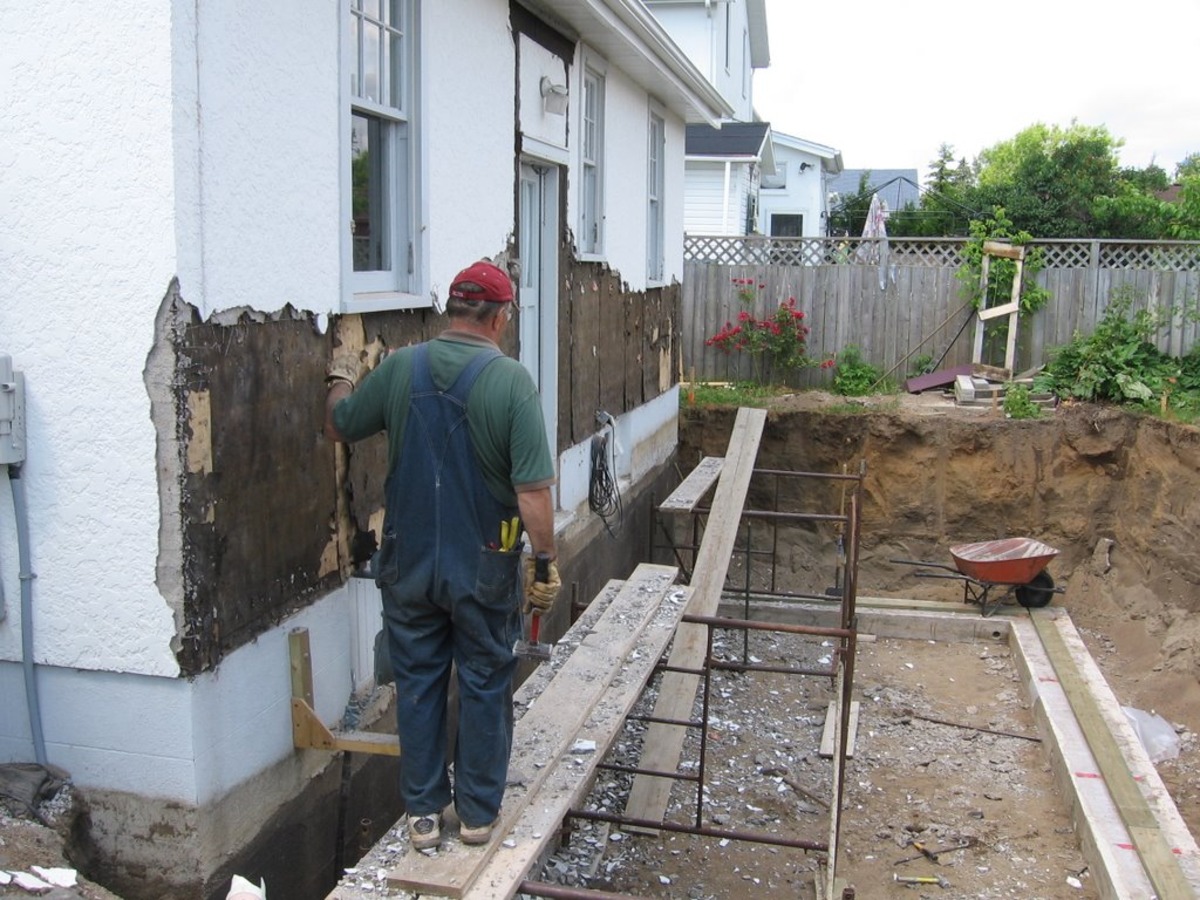
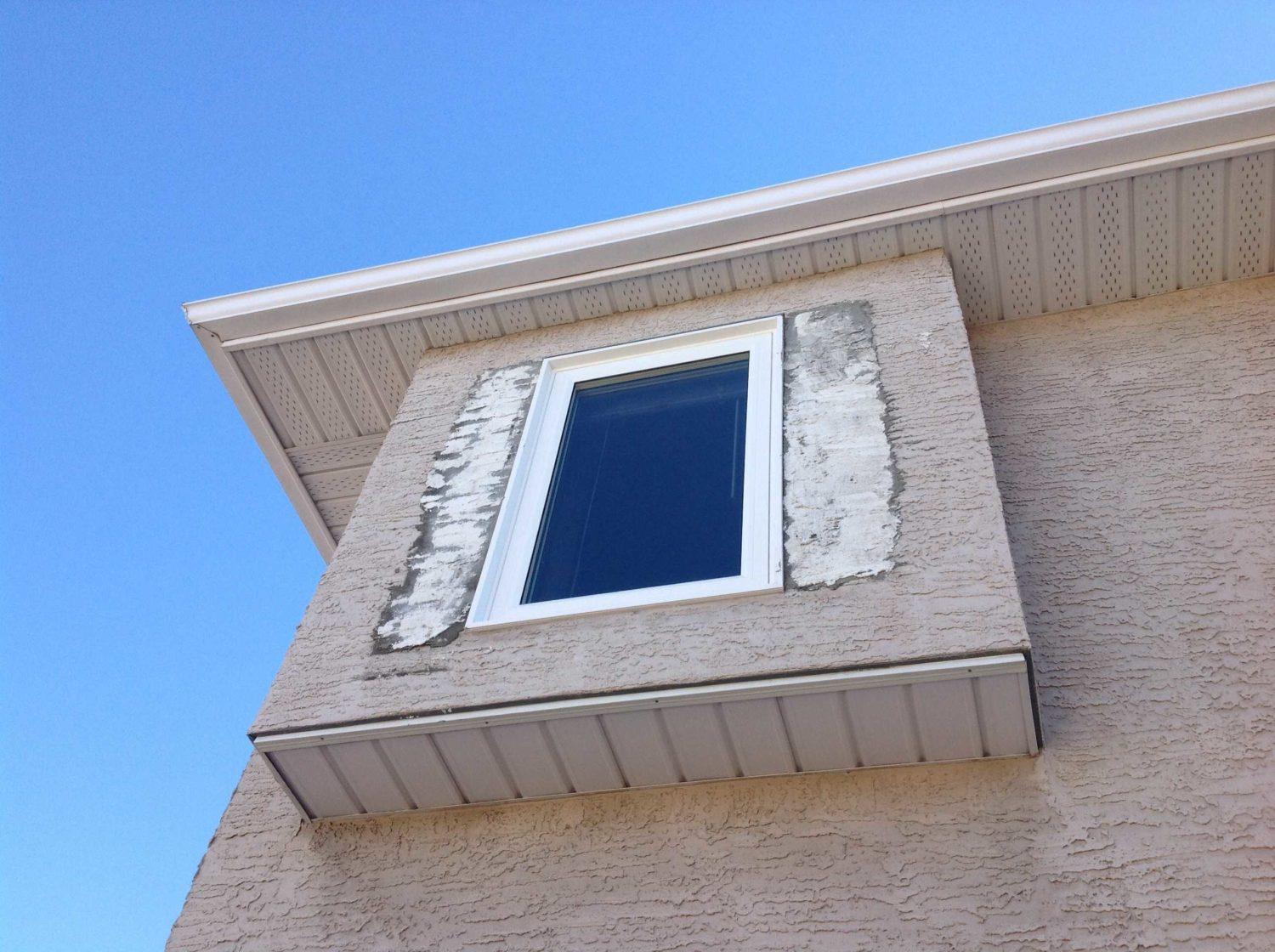
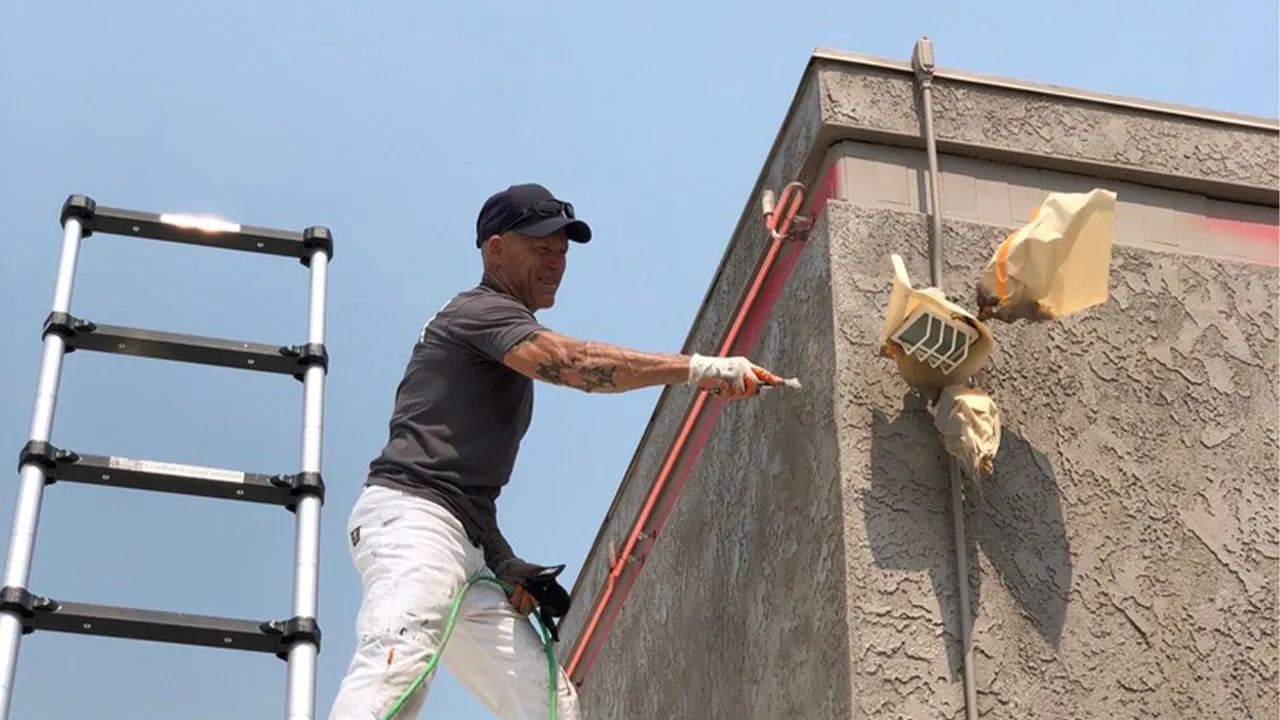
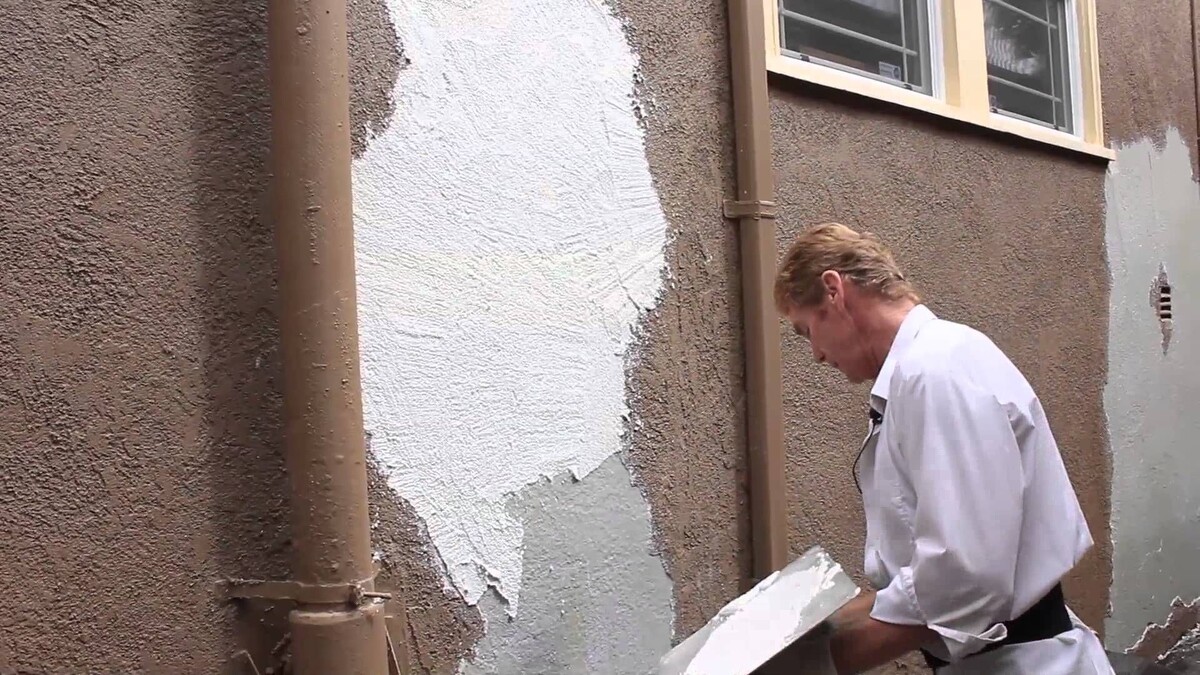
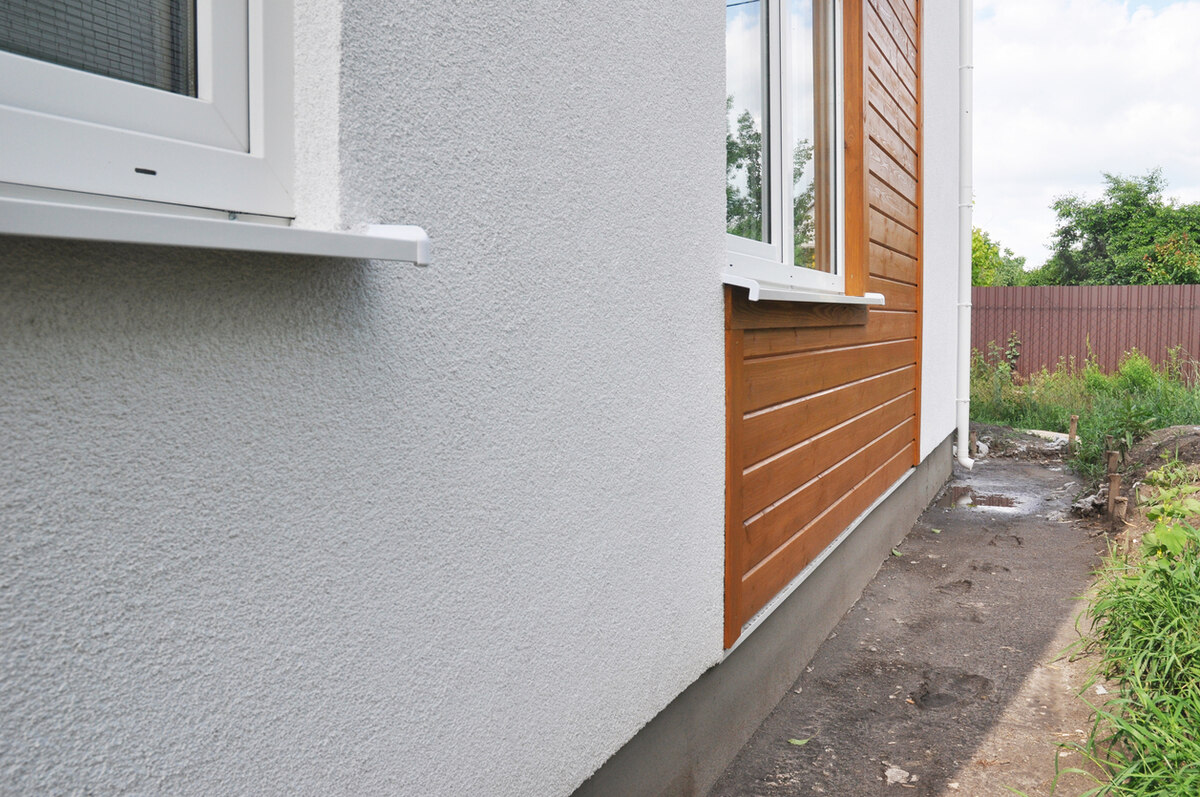
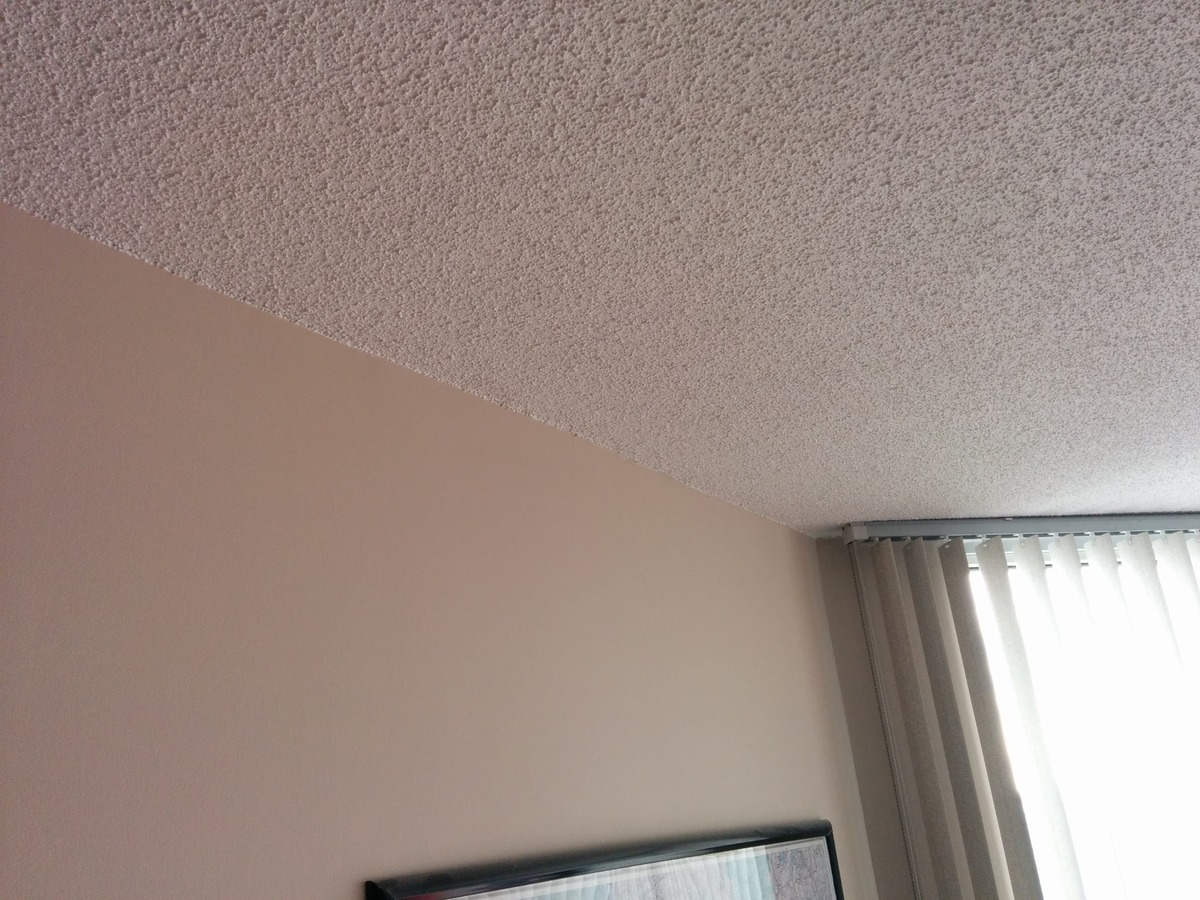
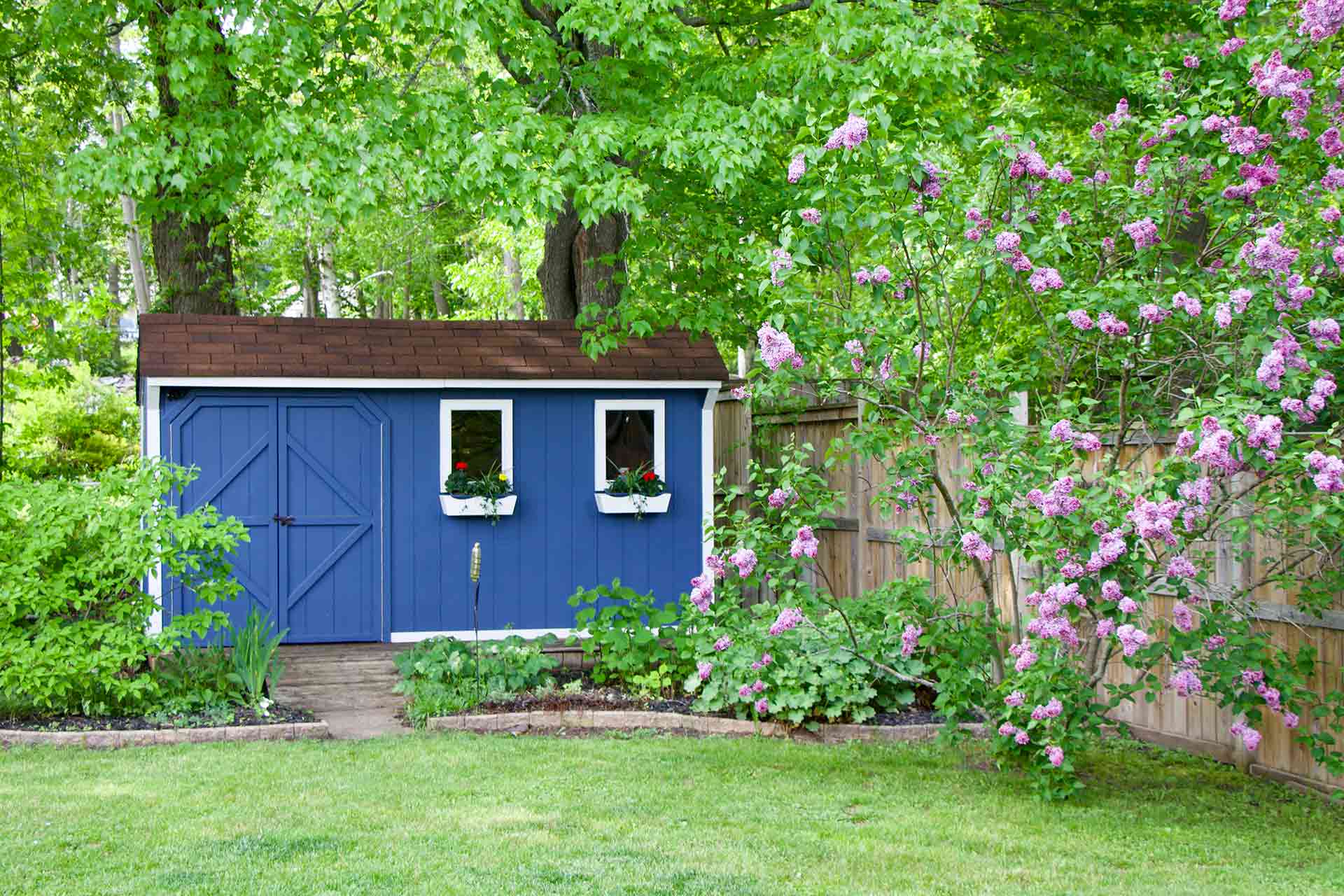

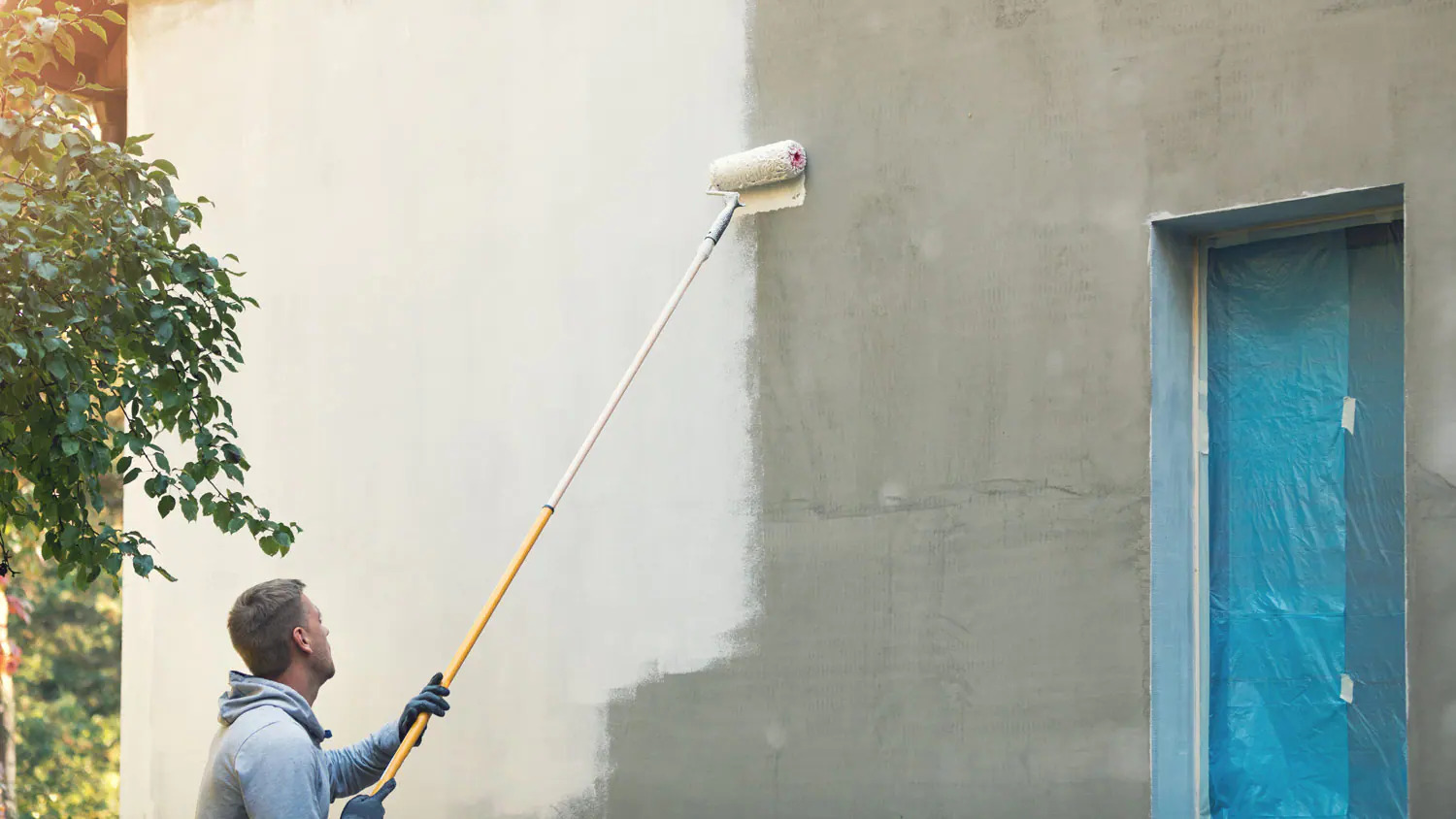
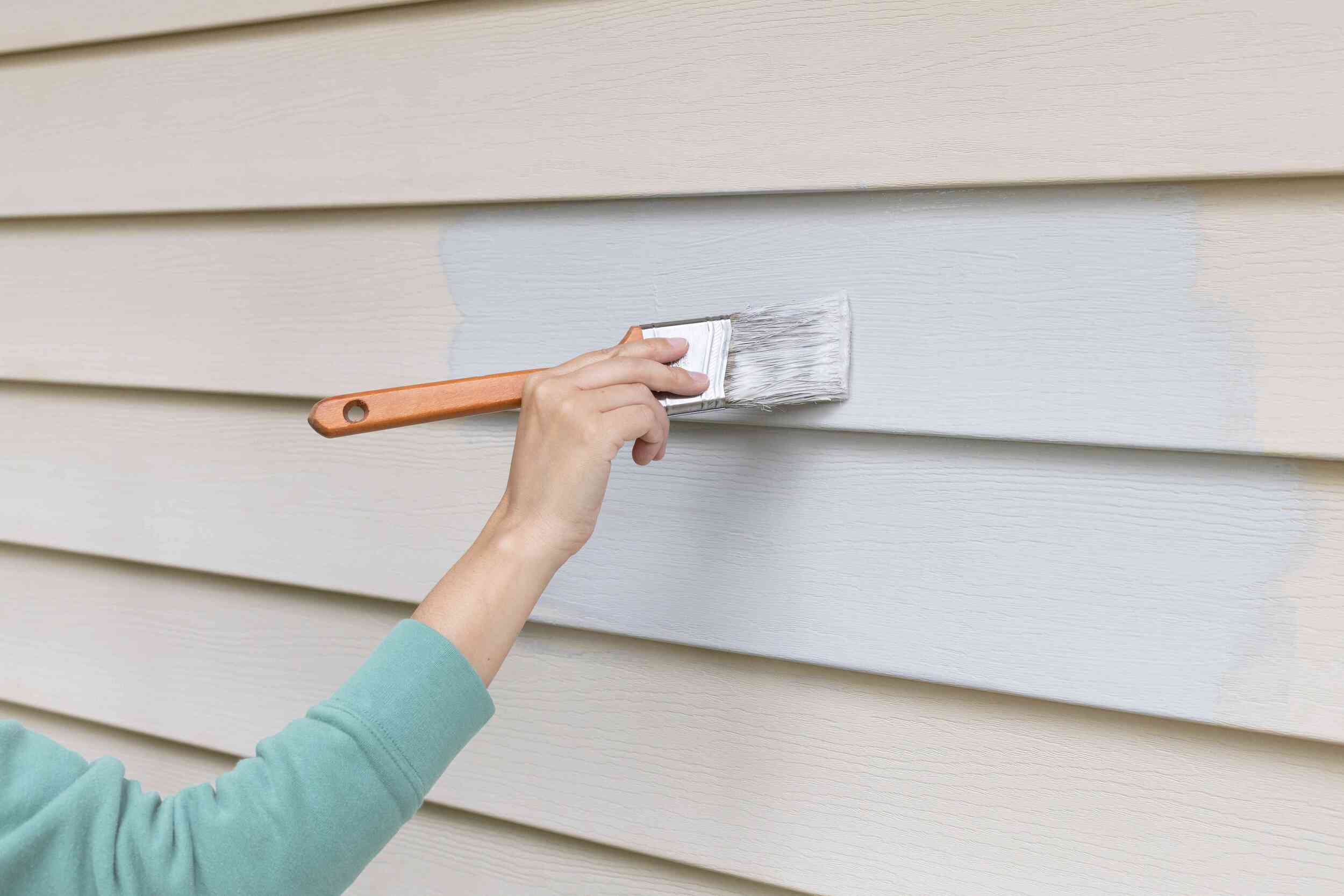

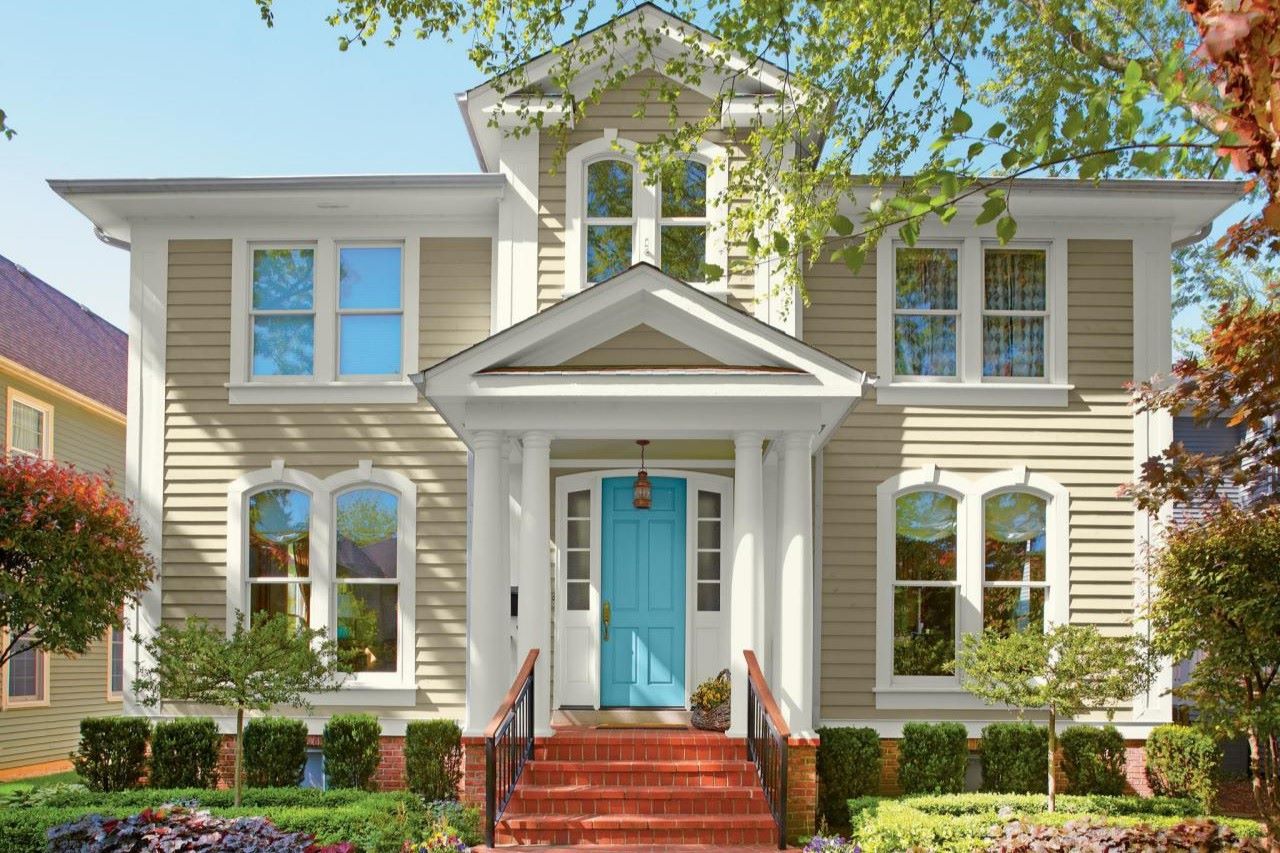
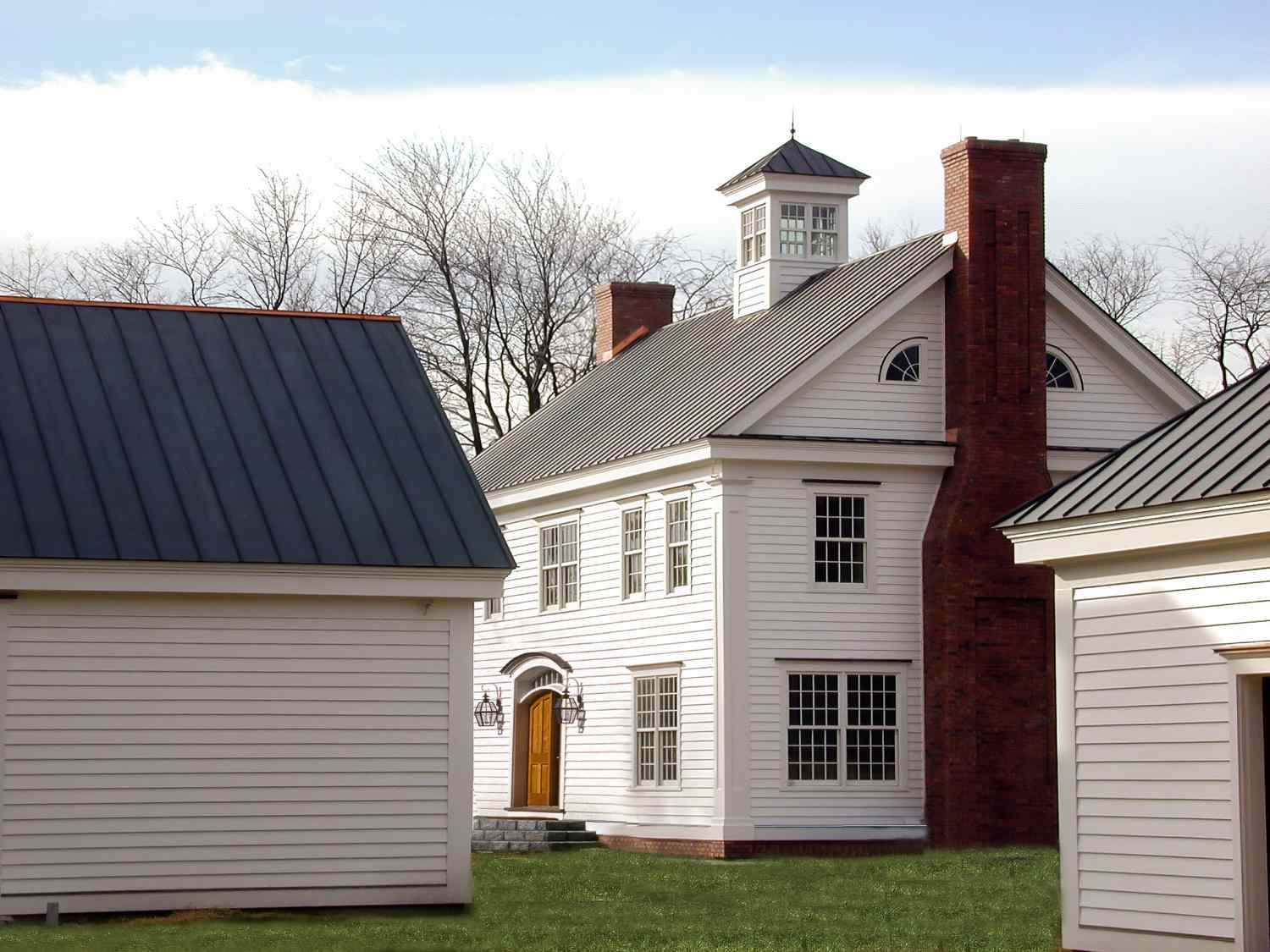
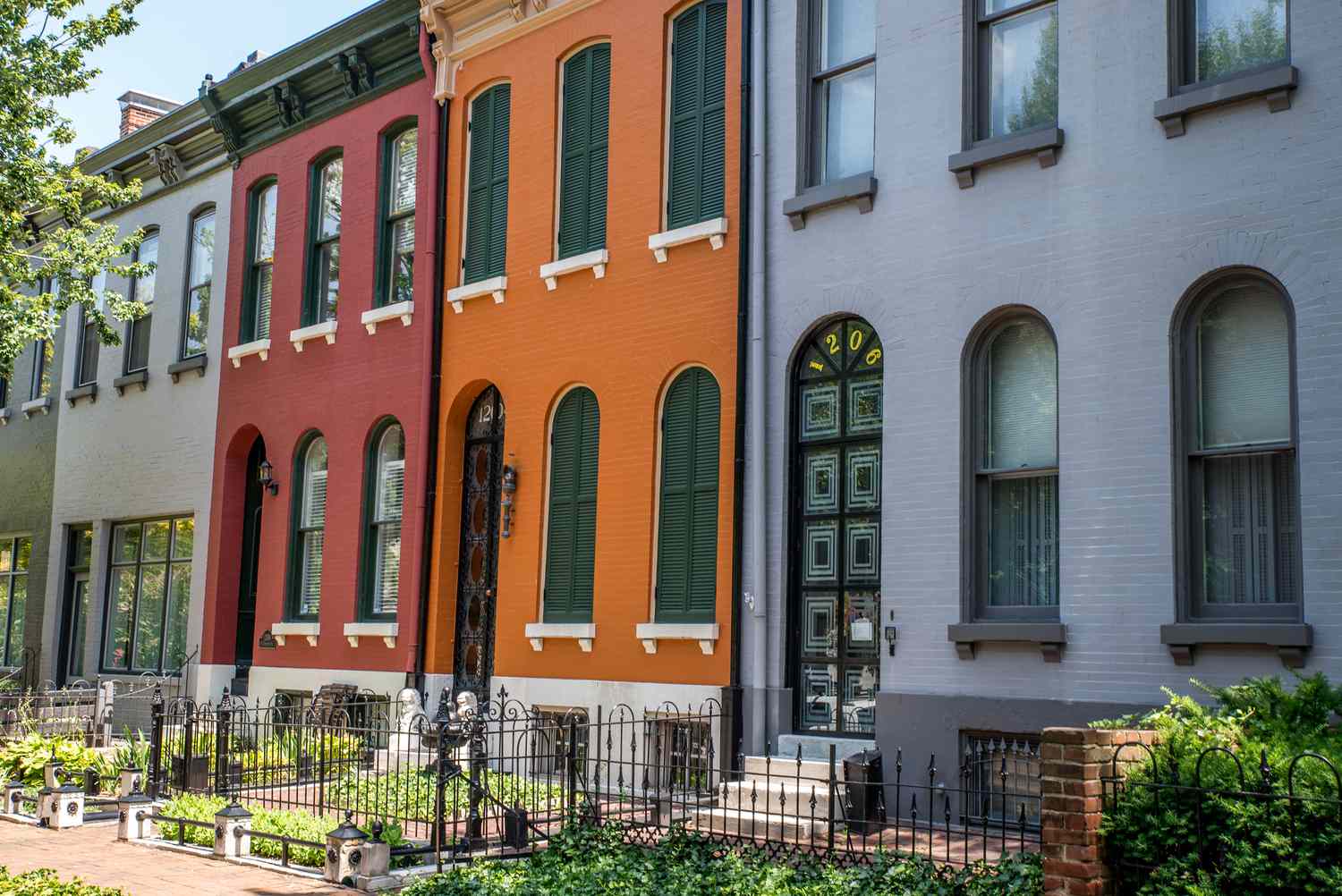

0 thoughts on “How To Paint Exterior Stucco”